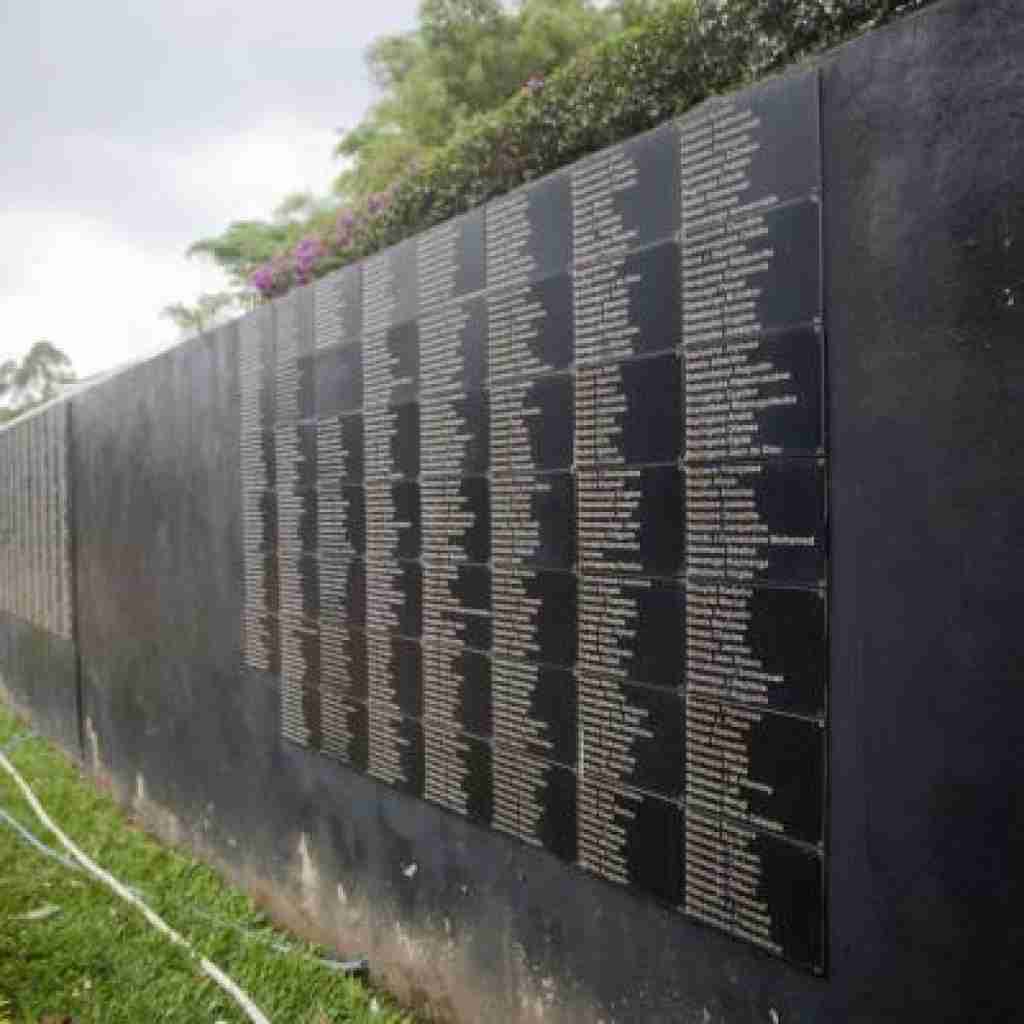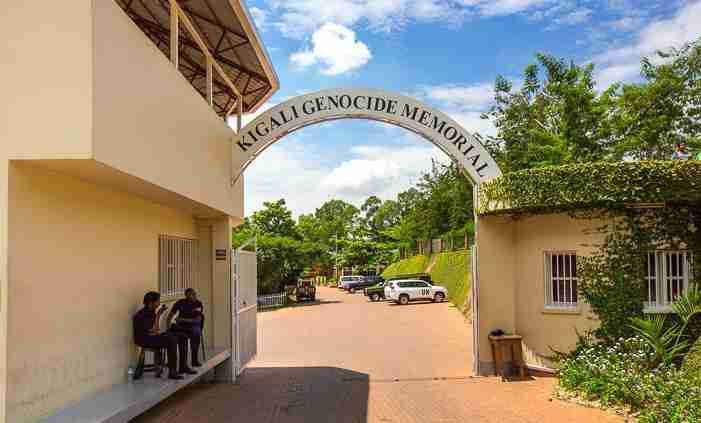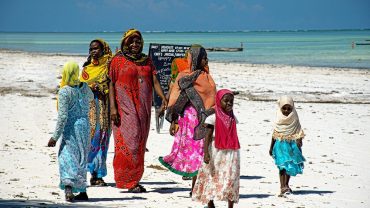Un genocidio è lo sterminio di un intero popolo, un intero popolo scomparso dal mondo. Questo è l’atto umano più crudele e continua a ripetersi nei secoli. Il Ruanda ha avuto il suo più terribile genocidio negli anni Novanta del XX secolo, per l’esattezza da aprile a luglio 1994. I guai erano già iniziati all’inizio del decennio, ma sembravano essere sotto controllo. Anche se l’abbattimento dell’aereo presidenziale che ha causato la morte del presidente della tribù hutu Habyarimana ha acceso il fuoco. Oltre mezzo milione di persone sono state uccise, poi, in soli 4 mesi.
Sul genocidio ruandese
Oggi, Kigali e il Ruanda in generale usano la storia del genocidio come attrazione turistica. Può sembrare crudele e triste, ma aiuta a non dimenticare mai. Il popolo non deve ripetere lo stesso tragico errore. Il genocidio ha una lunga storia, come sfondo. Prima dell’arrivo dei coloni belgi, le tribù hutu, tutsi e twa vivevano in pace. I governanti europei, tuttavia, crearono differenze sociali soprattutto tra hutu e tutsi che sfociarono in un odio reciproco.
Gli hutu conquistarono il potere in politica, con l’aiuto dei belgi, e costrinsero i loro rivali tutsi a una vita povera o al crimine. Molte persone hanno dovuto lasciare il Ruanda. Alla fine degli anni ’80, gran parte dei profughi tutsi tornò con l’obiettivo di riprendere il potere. Questo ha dato inizio a lotte e problemi, ovunque nel paese ma anche a Kigali. Nell’aprile 1994, l’aereo presidenziale si schiantò dopo essere stato colpito da un missile. Il popolo hutu ha accusato i ribelli tutsi e il governo ha iniziato la crudele vendetta. Da aprile a luglio 1994, 500.000 persone – anche donne, bambini, anziani – sono state torturate e uccise. Si dice addirittura che il numero delle vittime raggiunga le 850.000.

Il Museo Memoriale del Genocidio
Nel 2000, in prossimità del decimo anniversario della terribile Guerra Civile del 1994, il governo e il consiglio comunale di Kigali decisero di aprire un museo per non dimenticare mai il tragico evento. Nella costruzione è stata coinvolta anche una Fondazione britannica. Il Museo Memoriale del Genocidio è stato inaugurato nell’aprile 2004. L’edificio, bianco a due piani, comprende: una mostra sulla storia del Ruanda e della sua tribù, al piano terra; la storia del genocidio al primo piano.
La visita a questo museo è molto pesante. Vedrete scheletri, corpi, ossa, anche resti umani di bambini. Imparerete a conoscere le loro vite, le loro cose quotidiane, le loro case e i loro giocattoli. E imparerete a conoscere l’arma che li ha uccisi. A volte vengono riportate anche le loro ultime parole! Il Memoriale comprende giardini, laboratori didattici e un cimitero.
Per visitare il Memoriale del Genocidio è necessario contattare il sito web ufficiale per i biglietti. Il museo è aperto tutti i giorni, dalle 8:00 alle 17:00. Il museo si trova in KG 14 Avenue, Kigali.
Il triste itinerario del genocidio
Oltre al principale Museo Memoriale a Kigali, ci sono altri luoghi che celebrano la memoria del genocidio. Provate a pianificare un itinerario storico per conoscere meglio questa tragedia ruandese. Altri musei dedicati al Genocidio sono a Murambi, Nyamata, Nyarubuye. Potreste anche visitare il Bisesero Genocide Memorial e il Nitarama Memorial Centre.
(traduzione dall’inglese di Grazia Musumeci)






Comment (0)